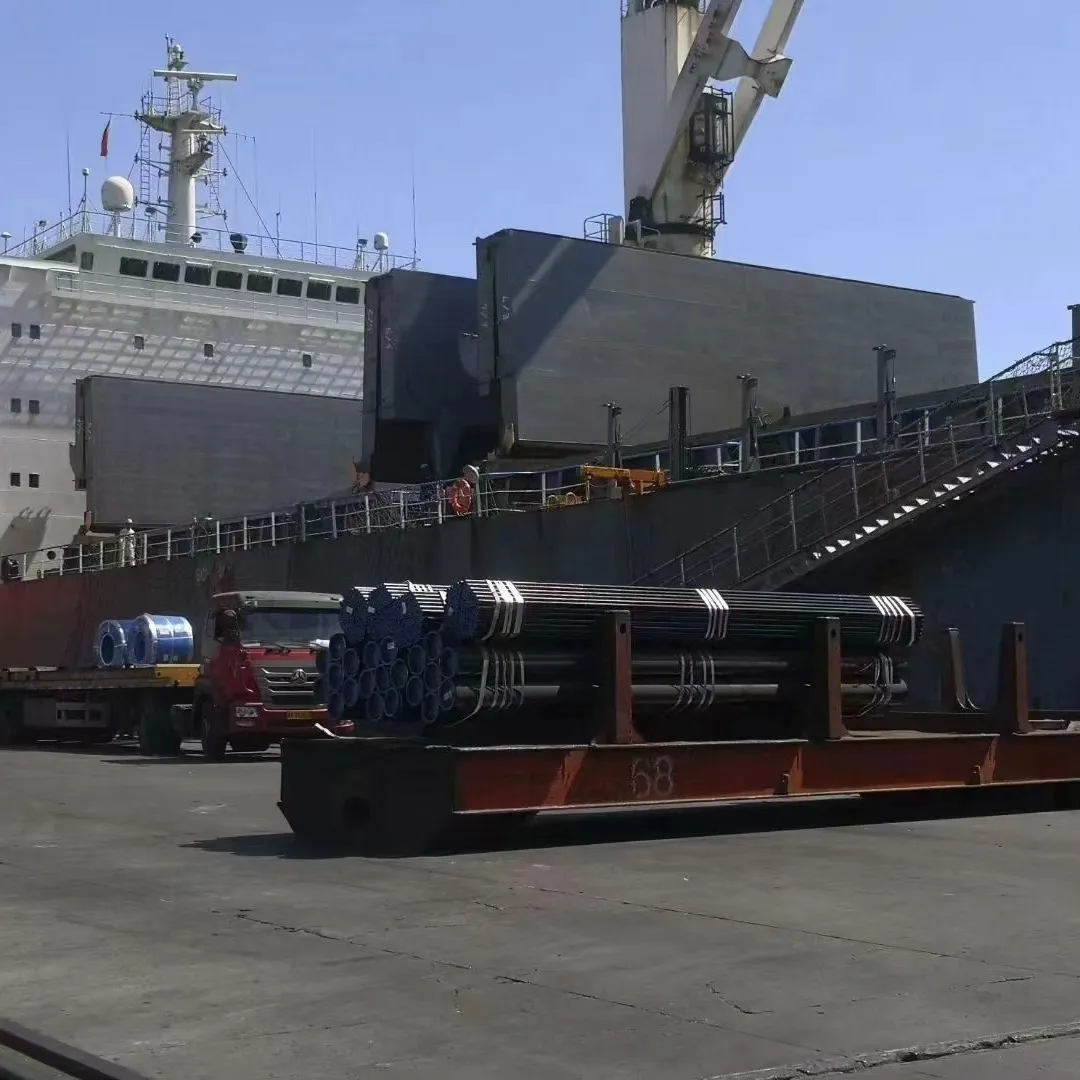Current location:
stainless steel pipe flanges
Date:2025-08-18 01:12:23 Read(143)

Understanding Butt Weld Elbows A Key Component in Piping Systems In the world of piping systems, various fittings play critical roles in ensuring the smooth operation and efficiency of fluid transportation. Among these fittings, the butt weld elbow stands out as a vital component, especially in situations where pipes need to change direction. This article delves into the significance of butt weld elbows, their applications, fabrication processes, and benefits. What is a Butt Weld Elbow? A butt weld elbow is a type of fitting used to connect two pieces of pipe at an angle, typically available in degrees such as 90° or 45°. The term butt weld refers to the method of joining the pipes together by welding their ends without any additional fittings. This process creates a seamless transition between pipes, reducing the risk of leaks and enhancing the integrity of the piping system. Applications of Butt Weld Elbows Butt weld elbows are widely used in various industries, including oil and gas, chemical processing, water treatment, and HVAC systems. Their applications can be summarized as follows 1. Directional Changes In piping systems, it is often necessary to change the flow direction of the fluid. Butt weld elbows provide a smooth transition, ensuring minimal turbulence and pressure loss. 2. Space Optimization In many installations, space constraints may limit the layout of piping systems. The compact design of butt weld elbows allows engineers to design tighter routes without compromising flow efficiency. 3. Durability and Strength Given their welded design, butt weld elbows can withstand extreme temperatures and pressures, making them a preferred choice in high-demand applications . 4. Versatility These fittings can be made from a variety of materials, including carbon steel, stainless steel, and alloy steel, allowing for their use in diverse environments and with different types of fluids. Fabrication Process The fabrication of butt weld elbows involves several steps butt weld elbow 1. Material Selection The first step is to choose the appropriate material based on the intended application. Factors such as temperature, pressure, and the nature of the fluid will influence this decision. 2. Cutting and Shaping The selected material is then cut into required shapes, often using specialized machinery to ensure precision. The curvature of the elbow is crucial for maintaining flow efficiency. 3. Welding Once shaped, the ends of the elbow and the pipes to be connected are prepared for welding. This step may involve cleaning the edges to remove any contaminants that could weaken the weld. 4. Inspection and Testing After welding, the elbow undergoes rigorous testing to check for structural integrity. Common tests include hydrostatic testing, where the fitting is subjected to high-pressure water, and visual inspections for cracks or defects. 5. Finishing Finally, the butt weld elbow is finished to meet industry standards. This may involve additional processes such as coating to prevent corrosion or surface finishing for a polished look. Benefits of Using Butt Weld Elbows - Improved Flow Efficiency The smooth transition provided by butt weld elbows minimizes friction losses and turbulence, contributing to better overall flow in the system. - Long-Term Reliability The welded design creates a strong and permanent connection, reducing maintenance needs and the likelihood of leaks over time. - Cost-Effectiveness Although the initial installation may require a bit more investment in welding skills and equipment, the long-term benefits of reduced maintenance and increased durability offer significant savings. Conclusion In summary, butt weld elbows are essential components of piping systems, offering reliable and efficient solutions for directional changes. Their unique benefits—strength, durability, and adaptability—make them suitable for a wide array of industrial applications. Understanding their role and advantages not only helps engineers and designers make informed decisions but also ensures the overall effectiveness of fluid transport systems in various sectors. As industries continue to evolve, the demand for high-quality butt weld elbows remains crucial for improving operational efficiency and enhancing system durability.
Share:
Previous: Different Welding Techniques Used in Piping Systems and Their Applications
Next: asa 300 flange
Kind tips:The above content and pictures are compiled from the Internet and are for reference only. I hope they will be helpful to you! If there is any infringement, please contact us to delete it!
You may also like
- Exploring the Impact of Technological Advancements on Modern Education and Learning Environments
- api 5l x60 psl2 specification
- exhaust bends mild steel
- Flange Specification EN 1092-1 Type 11 Overview and Applications
- API 5L X52 Pipe Specifications and Applications for Oil and Gas Industries
- astm a53 gr b pipe
- Exploring Innovative Applications of API Technology in Various Industries
- Copper Cross Fitting Options for Efficient Plumbing Solutions and Installations
- Brass Cross with 3% and 4% Alloy Composition for Enhanced Durability and Aesthetic Appeal